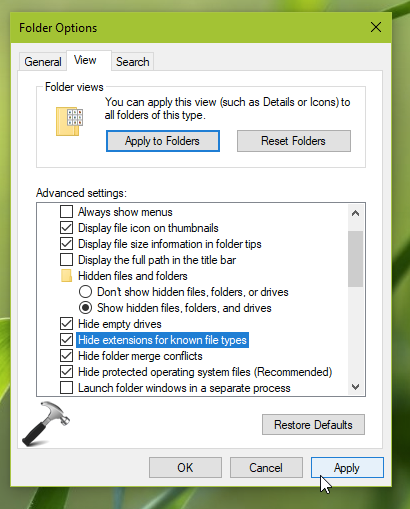

dev/block/platform/msm_sdcc.1/by-name/persist /persist ext4 rw,seclabel,nosuid,nodev,noatime,discard,journal_checksum,journal_async_commit,noauto_da_alloc,data=ordered 0 0 dev/block/platform/msm_sdcc.1/by-name/cache /cache ext4 rw,seclabel,nosuid,nodev,noatime,discard,journal_checksum,journal_async_commit,noauto_da_alloc,errors=panic,data=ordered 0 0

dev/block/platform/msm_sdcc.1/by-name/userdata /data ext4 rw,seclabel,nosuid,nodev,noatime,discard,journal_checksum,journal_async_commit,noauto_da_alloc,data=ordered 0 0

dev/block/platform/msm_sdcc.1/by-name/system /system ext4 ro,seclabel,relatime,data=ordered 0 0 Selinuxfs /sys/fs/selinux selinuxfs rw,relatime 0 0ĭebugfs /sys/kernel/debug debugfs rw,relatime 0 0 Sysfs /sys sysfs rw,seclabel,relatime 0 0 None /dev/cpuctl cgroup rw,relatime,cpu 0 0 Tmpfs /dev tmpfs rw,seclabel,nosuid,relatime,size=931840k,nr_inodes=124673,mode=755 0 0ĭevpts /dev/pts devpts rw,seclabel,relatime,mode=600 0 0 NB: The output of cat /proc/mounts can be a bit messy, but if you read it line by line (entry by entry) carefully you'll get the info.Using cat /proc/mounts shows the partition file path, the alias, the filesystem type, the startnig inode, the number of blocks, read/write status (and other parameters of the individual partition that I'm not entirely sure of) storage/emulated/legacy/Android/obb 11.9G 3.0G 8.9G 4.0K Using df lists the filesystem path alias and size info as seen below (total size, used, free and block size) I usually use a combination of the following 4 commands and correlate them, since each of these commands gives a piece of the information that might be needed.


 0 kommentar(er)
0 kommentar(er)
